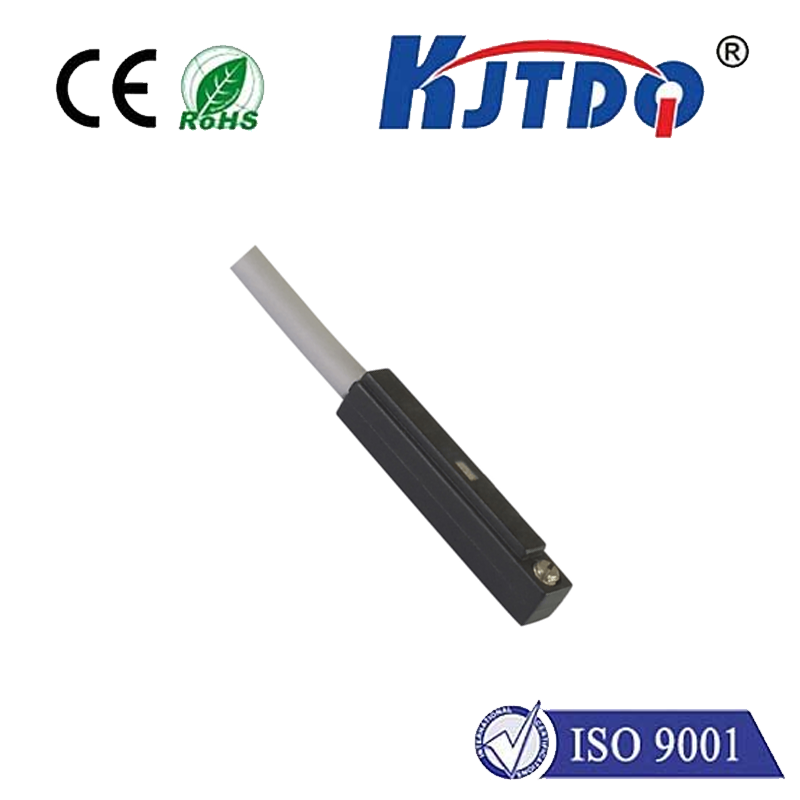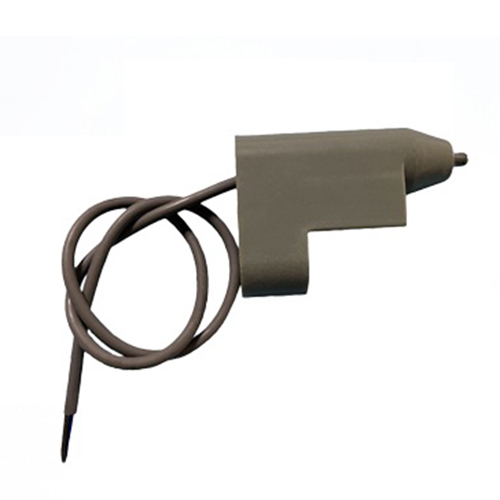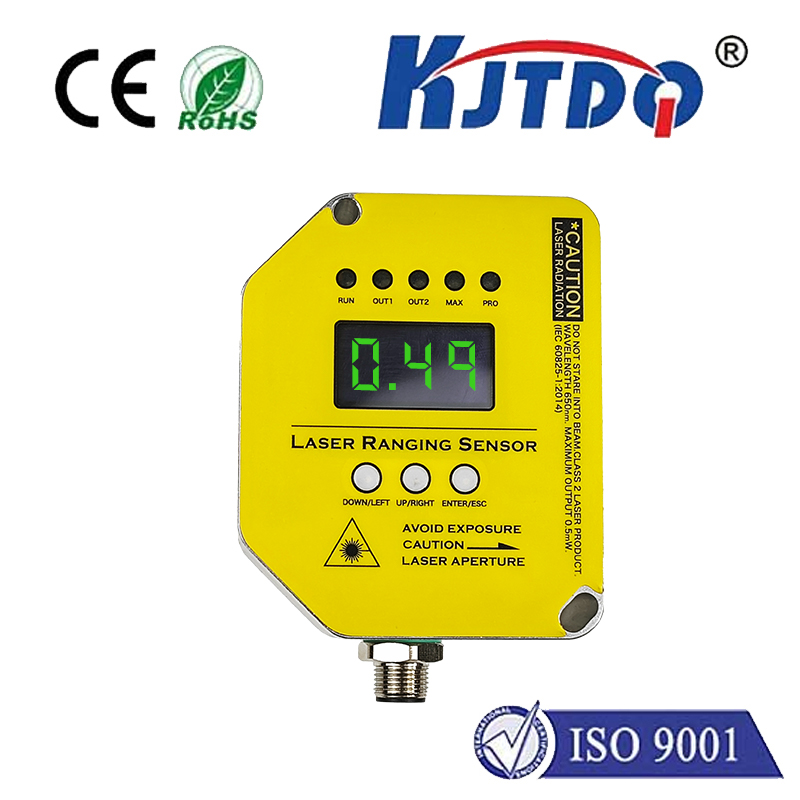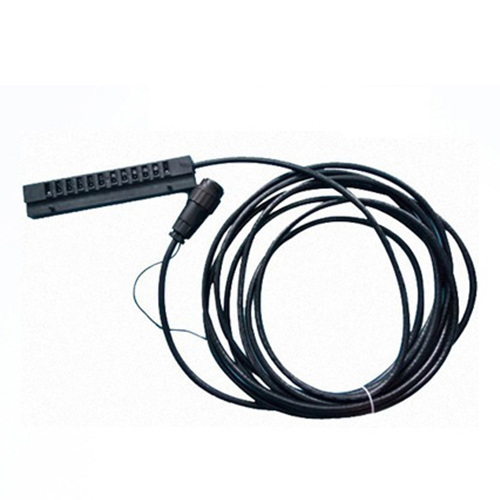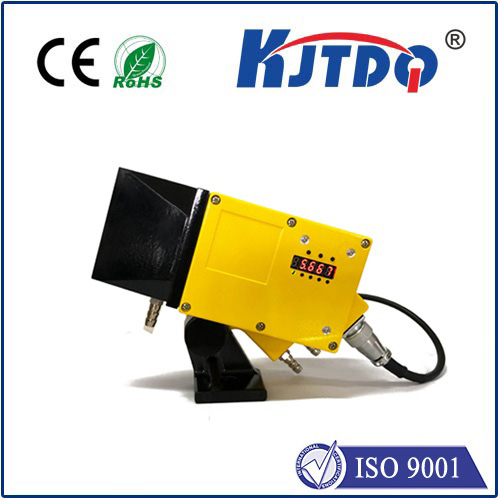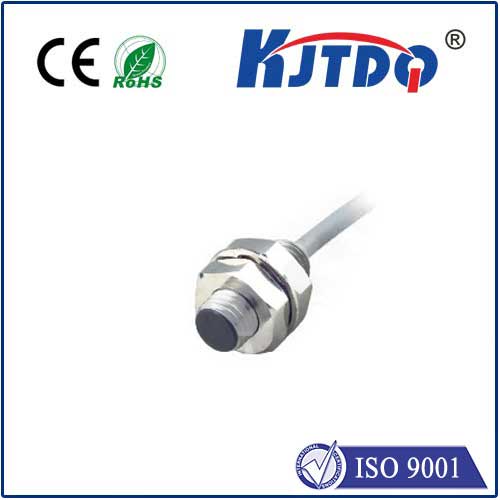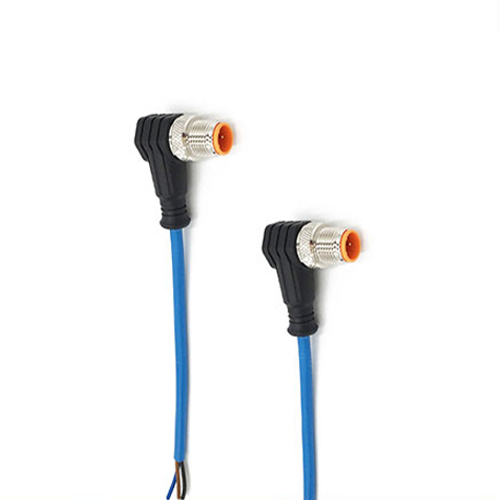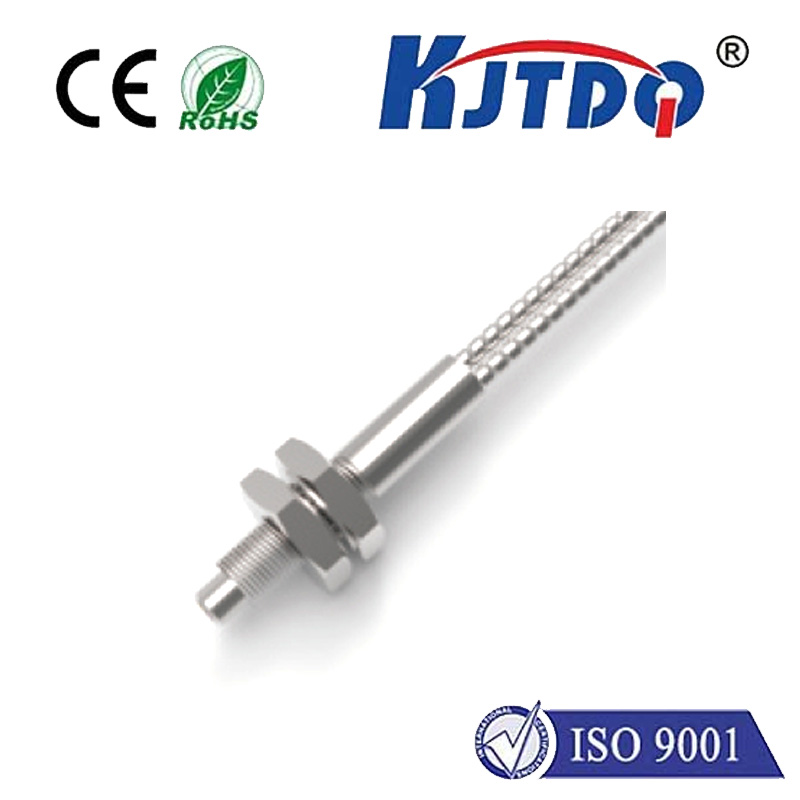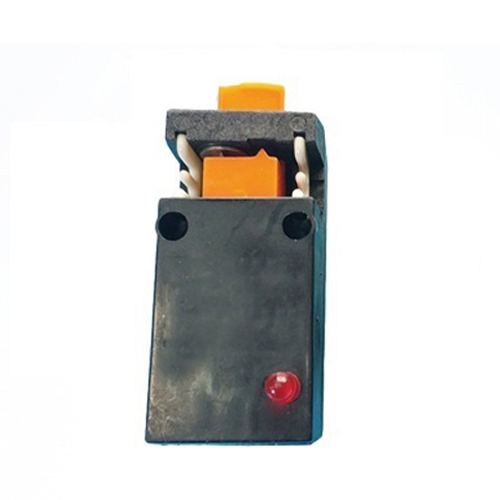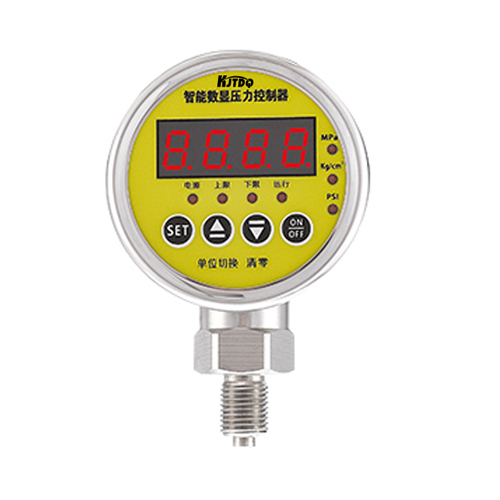

check

check

check

check
Unlocking Precision: The Power of the E3FB-LP21-F2 Background Suppression Photoelectric Sensor
In today’s fast-paced industrial landscapes, where every millisecond counts and errors can lead to costly downtime, reliable object detection isn’t just a luxury—it’s a necessity. Imagine a sensor that cuts through visual clutter like a laser beam, delivering unwavering accuracy even in the most chaotic settings. That’s where the E3FB-LP21-F2 background suppression photoelectric sensor steps in, revolutionizing how factories, warehouses, and automated systems handle real-time monitoring. This advanced device isn’t just another sensor; it’s a game-changer for industries demanding flawless performance in object detection and position sensing.

To appreciate the E3FB-LP21-F2 fully, it’s essential to understand what sets a background suppression photoelectric sensor apart. Unlike standard models that can be fooled by ambient light or reflective surfaces, this technology employs a sophisticated mechanism to “suppress” background interference. It works by using a light emitter—often an infrared LED—and a receiver that measures the angle and intensity of reflected light. By comparing the light from the target object to the background, the sensor dynamically filters out noise. This ensures pinpoint accuracy even when detecting low-contrast items or operating in environments with shifting lighting conditions, such as near windows or under bright industrial lamps. The core innovation lies in its ability to maintain consistent readings, reducing false triggers and boosting overall system reliability.
Now, let’s dive into the specifics of the E3FB-LP21-F2 background suppression photoelectric sensor. Designed by leading manufacturers for rugged industrial use, this sensor model boasts a compact, robust housing that withstands harsh conditions like dust, moisture, and temperature fluctuations. Key specifications include a detection range optimized for medium distances—typically up to 100mm—making it ideal for applications where space is tight and precision is paramount. Its IP67 rating guarantees durability in demanding settings, while the adjustable sensitivity allows users to fine-tune it for diverse tasks. For instance, in packaging lines, it can detect transparent films or small components without missing a beat. The “F2” designation in the model name often refers to its enhanced filtering capabilities, which further minimize the impact of stray light sources. This sensor excels because it integrates background suppression seamlessly, outputting clear digital signals through options like NPN or PNP outputs for easy integration into PLCs (Programmable Logic Controllers) or other control systems.
How does this translate to real-world applications? The E3FB-LP21-F2 shines across multiple sectors. In logistics and material handling, it ensures smooth conveyor operations by detecting boxes, pallets, or irregularly shaped items with reliable accuracy, preventing jams and optimizing throughput. For instance, in automated warehouses, it verifies package presence before sorting, reducing errors that might otherwise lead to costly delays. In manufacturing, industries like automotive and electronics rely on it for quality control—think identifying tiny components on assembly lines or confirming the position of robotic arms. Food and beverage plants benefit too, as the sensor handles moist or reflective environments to monitor fill levels or detect packaging seals. Overall, its background suppression feature is a lifesaver in scenarios where traditional sensors fail, such as areas with variable lighting from overhead fixtures or sunlight streaming through factory windows. This versatility makes the E3FB-LP21-F2 a go-to solution for engineers seeking to enhance efficiency without compromising on resilience.
The advantages of the background suppression photoelectric sensor, particularly the E3FB-LP21-F2 variant, extend far beyond basic detection. One standout benefit is its energy efficiency; by minimizing false readings, it reduces unnecessary machine cycles and power consumption, contributing to sustainable operations and lower operational costs. Maintenance is another perk—its self-cleaning optics and robust design mean fewer replacements and downtimes, translating to higher uptime and productivity. Safety-wise, this sensor provides critical oversight in hazardous zones, such as preventing collisions in automated guided vehicles or ensuring worker protection around heavy machinery. Compared to ultrasonic or capacitive alternatives, the photoelectric sensor offers superior speed and precision for non-contact sensing, making it indispensable in high-speed production lines. Users often report that incorporating this model leads to smoother workflows and fewer manual interventions, ultimately driving innovation in automation sectors.
In essence, the E3FB-LP21-F2 background suppression photoelectric sensor represents a leap forward in sensing technology. Its ability to ignore distracting backgrounds while focusing on targets delivers unmatched performance, empowering industries to push boundaries in automation and quality control. As demand for smarter, more adaptable systems grows, this sensor stands as a testament to how thoughtful engineering can solve everyday challenges. So, whether you’re upgrading an existing setup or designing a new one, exploring the capabilities of this device could be your next step toward operational excellence.
